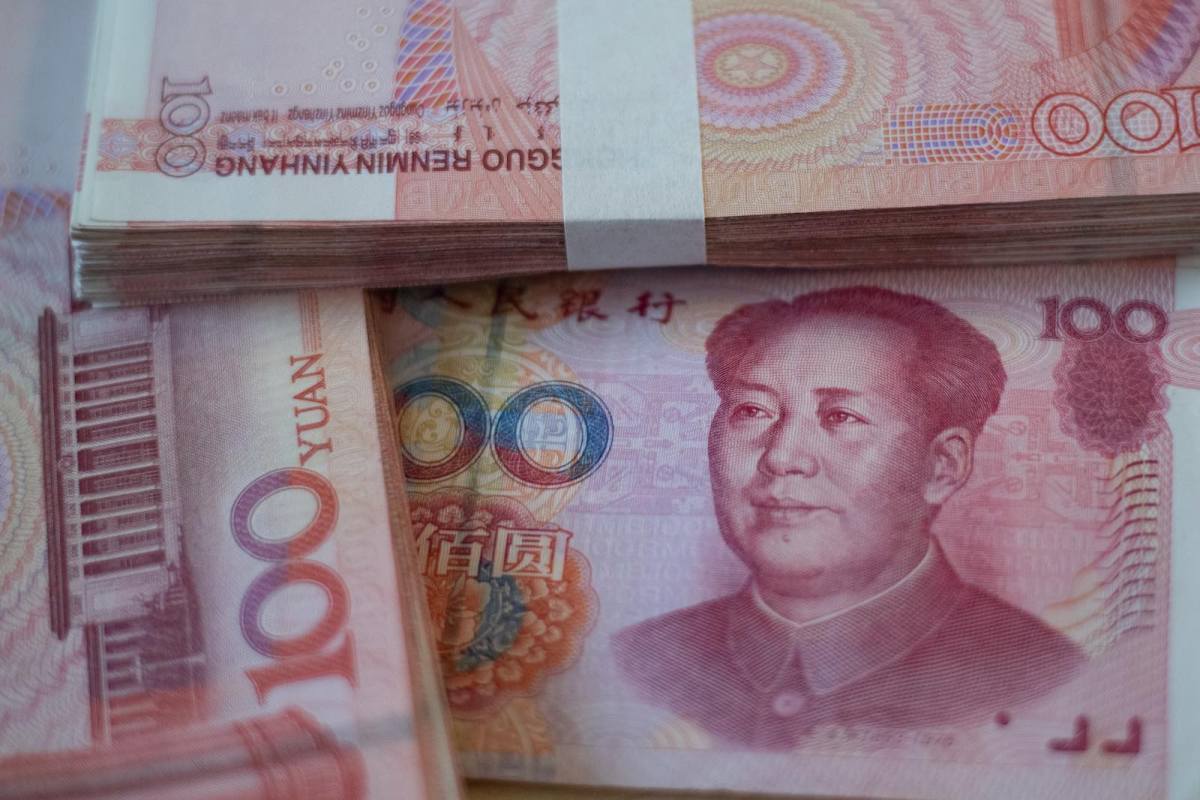(ATF) China’s central bank, the People’s Bank of China (PBoC), set central parity for the yuan on Friday morning at 6.9943, the strongest level since March 12. In response, the CNY opened at 6.9980, also the first time since March that the US dollar has been worth less than 7 yuan.
At 7pm HK time, CNY stood at 7.0043, a bit weaker than the morning, as the US dollar rose marginally from 96.7600 on the dollar index (DXY) to 96.9600 on risk-off sentiment – but only to come back down to 96.6920 as European stocks rose and US futures fluctuated.
I have commented on several recent occasions on the causes of the recent yuan strength: Chinese economic fundamentals and the country’s ability to get the coronavirus under control faster than others is what it’s all about. US dollar weakness, in turn, reflects the opposite reality.
China’s ongoing robust economic recovery has propelled Chinese stocks to new highs. Since late June, the Shanghai Shenzen CSI 300 index has risen 15%. The simultaneous rise in the yield of the Chinese government 10-year bond by more than 60 basis points (and equivalent sharp decline in bond prices) is – at least in part – the mirror image of the equities boom.
But developments in Chinese markets at about this time in 2015 tell a cautionary tale. A speculative equity bubble built up from October 2014 to June 2015 and then collapsed ignominiously – from 5230 in mid-June to 3200 in late September. In mid-August 2015, the PBoC devalued the CNY from 6.20 to 6.40 per USD in a matter of days.
Are we in for similar turbulence in 2020? I see no compelling reason for that.
But there are some warning signals.
There has been a large amount of corporate bond issuance over the past three months, which has substantially contributed to falling bond prices. It’s not just been the combination of a strengthening economy and higher equity prices that’s been the cause of the sharp rise in the 10-year yield.
The PBoC knows that and – to the chagrin of bond market investors – has been very reluctant to heed calls for greater monetary easing. Indeed, monetary easing has mainly just been in the form of preventing any liquidity squeeze.
Given the fact that factory gate (PPI) deflation in June also eased, from -3.7% May to -3.0% even without monetary easing, I see no reason why the PBoC should ease at this stage and incur added risk of a speculative equity bubble.
Bottom line: On the strength of the economy and cautiously tight PBoC monetary policy the yuan will retain its strength and trade in the 7.0-7.07 range in coming months.
























